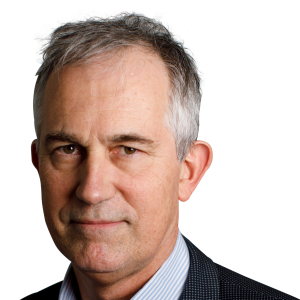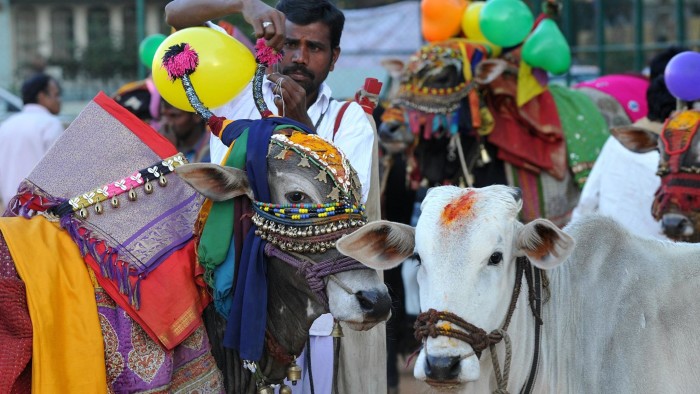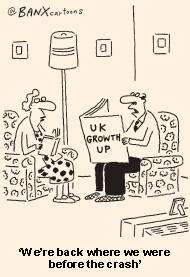Holy cows and the politics of beef


Roula Khalaf, Editor of the FT, selects her favourite stories in this weekly newsletter.
It is surprising how quickly you get used to them: after a few months in India, I barely notice the urban cows, whether they are standing meditatively in the middle of a highway inches from speeding vehicles, slumped on the pavement outside a department store or nuzzling their way into a discarded plastic bag in search of food.
In few places are cattle more cosseted (or their horns larger) than in Gujarat, the western state run for the past 12 years by Narendra Modi of the Bharatiya Janata party, the Hindu nationalist opposition to the country’s governing Congress party.
In much of India – and especially in predominantly vegetarian Gujarat, where cow slaughter is forbidden – cows are not eaten. They are fed. “Mother Cow”, her horns sometimes painted and decorated for festivals, is held in high esteem by devout Hindus such as Mr Modi, both for her gift of milk and for her sacred associations with the gods.
“The central fact of Hinduism is cow protection,” said Mahatma Gandhi, who was born in Gujarat, had an ashram in the main city of Ahmedabad and led India towards independence. (He was also teetotal, and Gujarat is one of the few states where alcohol is prohibited.)
Mr Modi, who hopes to win this year’s general election and become prime minister of India’s 1.3bn people, prides himself on his concern for cattle. Gujarat, he says, is the only state that organises orthopaedic care and cataract surgery for cows, and has sent veterinarians to the US for training in laser techniques for the eye.
Gujarat (like Rajasthan and Madhya Pradesh, two other states run by the BJP) is planning a sanctuary for 10,000 animals near Gandhi’s birthplace of Porbandar. “Promoting cow-based economy will be the main aim,” said Vallabh Kathiria, chairman of the Gujarat State Cow Protection Board, alluding to food and medicinal products to be made from the beasts’ milk, dung and urine.
The fact that this concern for cows is not universally shared across the subcontinent makes it a sensitive political issue, since many members of the Muslim and Christian minorities are happy to eat beef. India’s modern history is marked by several violent clashes, some deadly, over the status of the cow. One trigger for the so-called Indian mutiny of 1857 was the issue of rifle cartridges of paper greased with animal fat that had to be bitten by the sepoys, soldiers employed by the East India Company.
India, paradoxically, is already one of the world’s biggest beef exporters, although some of the trade is disguised in Indian statistics as the meat of the less sacred water buffalo.

These days India’s characteristically humpbacked cows (origin of the tough Brahman breed farmed in hot climates around the world) are smuggled in their thousands out of West Bengal and into Bangladesh, where they can be seen being trucked to the markets and slaughterhouses of Dhaka. According to official US figures, Indian beef exports tripled in four years to reach 1.65m tonnes in 2012.
That is a lot of beef, but not all Indians think it a big deal. In his book, The Myth of the Holy Cow, the historian DN Jha says beef “was quite often a part of haute cuisine in early India” and accuses “obscurantist and fundamentalist forces” of ignoring the inconvenient historical evidence in the hunt for a symbol of Hindu identity.
Cattle have nevertheless been sacred to Hindus for enough centuries to flavour the contemporary political debate. As chief minister of Gujarat, Mr Modi has fulminated against what he sees as the secular Congress party’s drive to promote the export of meat from India’s holy cows.
He has not, however, made either cows or Hinduism the focus of his election campaign. Gujaratis, and the inhabitants of other states, say they are more concerned about jobs, schools, healthcare and roads than the cows that wander along the central reservations of divided highways. (One theory is that the cows like it because the exhaust fumes keep the flies away.)
Roads in Gujarat are so good, in fact, that I could not help thinking how lucky it was for the cows that they remain placid in the midst of even the fastest and most chaotic traffic. In five days, I saw one motorcyclist who had been killed by a bus and several dead dogs. The cows, on the other hand, were thriving, enjoying the odd mixture of respect and careless tolerance with which most living things are treated in India.
Twitter: @VJMallet
Comments